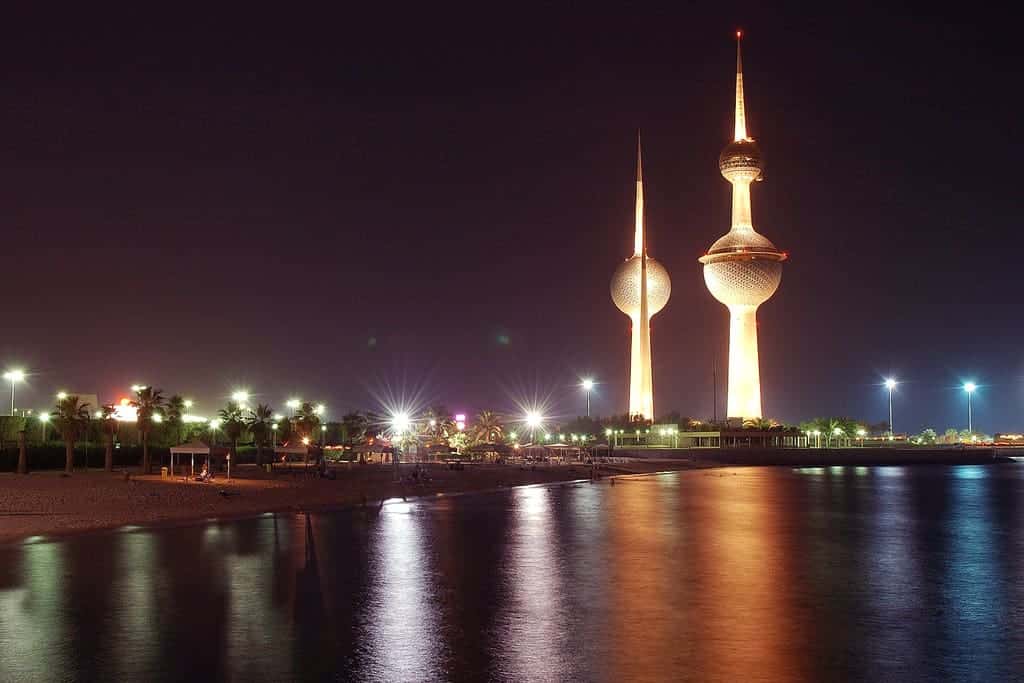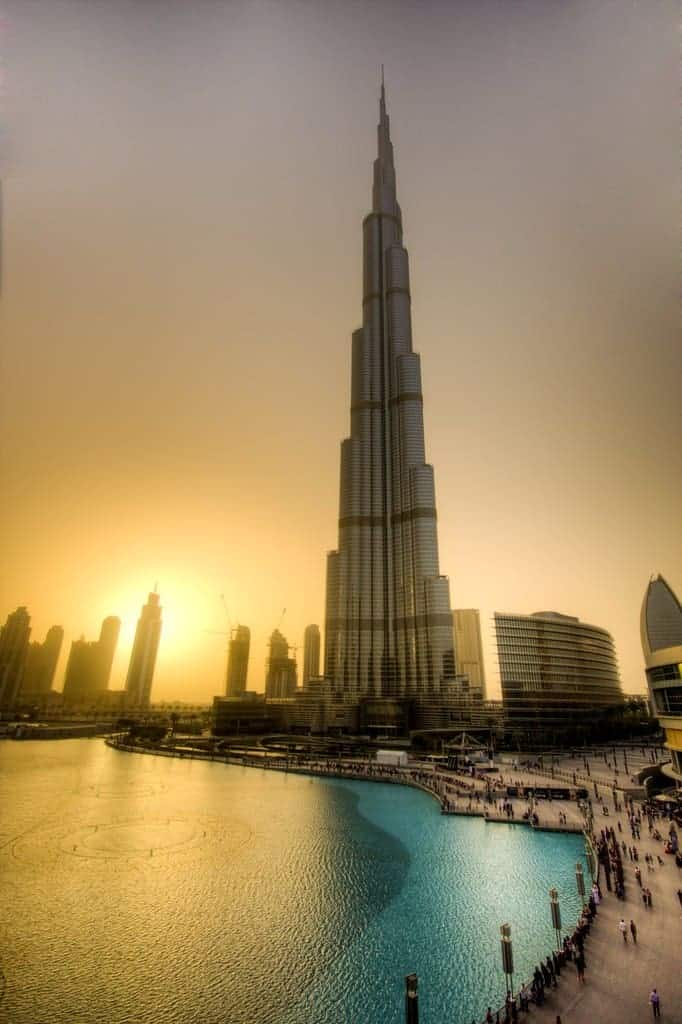Kuwait and UAE are two different countries situated in the Middle East. Both have an Arabic background and are located in close proximity to each other.
Due to this, they are confused about being in the same place. However, it is quite easy to tell them apart by their economy, currency, government, etc.
Key Takeaways
- Kuwait is a constitutional monarchy with an emir as head of state, while UAE is a federation of seven emirates, each ruled by an emir.
- UAE’s economy relies on diverse sectors such as tourism, finance, and real estate, while Kuwait’s economy is predominantly oil-based.
- UAE features a mix of modern and traditional architecture, while Kuwait’s urban landscape is mostly modern.
Kuwait vs United Arab Emirates (UAE)
Kuwait is a single-state entity or an emirate situated in the Middle East, with Islam as its official religion and Arabic as the official language. United Arab Emirates is a country in the Middle East located in the eastern part of the Arabian Peninsula. It consists of seven emirates, each ruled by Sheiks.

Kuwait gets its name from the Arabic word ‘Akwat’. This refers to a fortress that has been built near a water body.
Level pegging to this meaning, the country is home to nine islands situated in its coastal region. Kuwait has an exquisite culture, a superabundant biodiversity heritage and artistic enlightenment that ranks top amongst the other Persian Gulf States.
Meanwhile, unlike the former, UAE is made up of seven freestanding emirates that are situated in the Persian Gulf. Each emirate is governed over by a monarch.
These are sheikhs who together to form the Federal Supreme Council. Harrowingly, the biodiversity of the country is sparse.
However, several conservation programs have been set up to tackle the situation.
Comparison Table
| Parameters of Comparison | Kuwait | United Arab Emirates (UAE) |
|---|---|---|
| Status | Kuwait is an Emirate or single-state entity. | UAE is a country made by the assembly of seven Emirates. |
| Establishment | The sheikhdom of the country was established in 1613. | The sheikhdom of the country was established in 1708. |
| Government | A Unitary constitutional monarchy governs the country. | A Federal Elective Constitutional Monarchy governs the country. |
| Economy | The country is one of the richest in the world, with a wealthy petroleum-based economy. | The country has the most diversified economy, which is heavily reliant on the oil, gas, tourism, and transport sectors. |
| Currency | Its currency is the Kuwaiti Dinar (KWD). | Its currency is the UAE Dirham (AED). |
| Capital | Its capital is the city of Kuwait. | Its capital is Abu Dhabi. |
| Land Area | The country covers an area of 17,818 km sq. | The country covers an area of 83,600 km sq. |
| Population | The population is estimated to be 4,420,110. | The population is estimated to be 9,890,400. |
What is Kuwait?
Kuwait is an emirate or single-state entity located in the Middle East. It encompasses an area of 17,818 km sq with an estimated population of 4,420,110.
The country is home to several ethnic groups, including Arabs, Africans, Asians, Europeans, and others. Islam is its official religion, and Arabic is the official language.
The economy of the country is heavily reliant on petroleum. As a consequence, it is one of the richest countries in the world, with its currency having the highest value.
However, economic diversification is inconceivably low. Other notable yet unfortified sectors include steel manufacturing, agriculture, finance, and tourism.
In terms of biodiversity, Kuwait has a rich heritage with flourishing marine and littoral ecosystems. The country witnesses three million birds migrating each year because of its location at the crossroads of various migration routes.
Its islands are significant breeding areas for several species of seabirds. The country has a thriving radio, theatre, soap operas and music culture.
The artistic productions are even exported to neighbouring states. They are closely associated with Bahraini culture, which is in close proximity to the country.
However, Kuwait has a high terrorism risk. Moreover, there have been several human rights violations that have gained criticism from other countries.

What is United Arab Emirates (UAE)?
UAE is a Middle Eastern country situated in the eastern zone of the Arabian Peninsula. It is formed by the alliance of seven emirates that are ruled by Sheiks.
These sheikhs together form a Federal National Council that lays down their legislature. The country encompasses an area of 83,600 km sq with an estimated population of 9,890,400.
It is home to several ethnic groups. The official religion of the region is Islam.
The economy is very diversified and heavily dependent on oil, gas, business, fiancé, tourism, and transportation sectors. It has had stable economic growth for quite a while, with only small periods of recessions.
The country is even renowned for its contributions towards international businesses. Interestingly, it is one of the least corrupt countries in the world.
The biodiversity of the country has a distressing history of being sparse. For this reason, the issue has received considerable attention from the government.
Several programs and projects have been set up to deal with the problem. Nonetheless, UAE has a thriving culture with an Arabic Background.
It has had several influences from India, Persia, and East Africa. The ethos can be seen in architecture and folk arts. Emirati poetry is also very famous.

Main Differences Between Kuwait and United Arab Emirates (UAE)
- Kuwait is an Emirate or single-state entity, whereas UAE is a country made by the assembly of seven Emirates.
- The sheikhdom of Kuwait was established in 1613, whereas that of the UAE was established in 1708.
- Kuwait is governed by a Unitary constitutional monarchy, whereas a Federal Elective Constitutional Monarchy governs UAE.
- Kuwait’s economy is heavily dependent on petroleum, whereas UAE has a diversified economy with flourishing oil, gas, tourism, and transport sectors.
- Kuwait’s currency is the Kuwaiti Dinar (KWD), whereas UAEs currency is the UAE Dirham (AED).
- Kuwait City is Kuwait’s capital, whereas Abu Dhabi is UAE’s capital.
- Kuwait encompasses a land area of 17,818 km sq, whereas UAE encompasses an area of 83,600 km sq.
- Kuwait’s population is estimated to be 4,420,110, whereas that of the UAE is 9,890,400.

- https://www.cambridge.org/core/journals/international-journal-of-middle-east-studies/article/nation-of-bureaucrats-political-participation-and-economic-diversification-in-kuwait-and-the-united-arab-emirates/E3527822940D0E8A2BCD98A320002C3E
- https://muse.jhu.edu/article/193155/summary

The historical background of Kuwait and the UAE is quite illuminating. It’s intriguing to see how these nations have developed over time.
The comparison table is particularly helpful in understanding the key differences between Kuwait and the UAE. It’s a valuable reference for anyone interested in learning about these countries.
I appreciate the in-depth comparison between Kuwait and the UAE. It’s fascinating to learn about their history, economy, and government structures.
The distinction between Kuwait and the UAE in terms of their governance and economic systems is quite enlightening. It’s clear that they have their own unique identities.
The differences in economy and government structures are particularly striking. It’s interesting to see how these two countries have evolved in distinct ways.
I had no idea about the environmental and biodiversity concerns in the UAE. It’s good to know that they’re taking steps to address these issues.
This is a really informative article. It’s great to know that there are such distinct differences between Kuwait and the UAE, despite their close proximity.
The cultural aspects of these countries are also very interesting. It’s amazing to see the rich biodiversity and heritage in Kuwait, while the UAE has a unique blend of influences from various regions.
Absolutely, the difference in government structures is quite fascinating. It’s a testament to the diverse nature of the Middle Eastern region.
I agree, the economic differences between Kuwait and the UAE are quite significant. Their reliance on oil and gas and the diversification of their economies is a stark contrast.
This article provides a comprehensive overview of the differences between Kuwait and the UAE. It’s a great resource for understanding the unique traits of each country.
The cultural influences in the UAE are intriguing. It’s evident that the country has a rich history shaped by various traditions and customs.